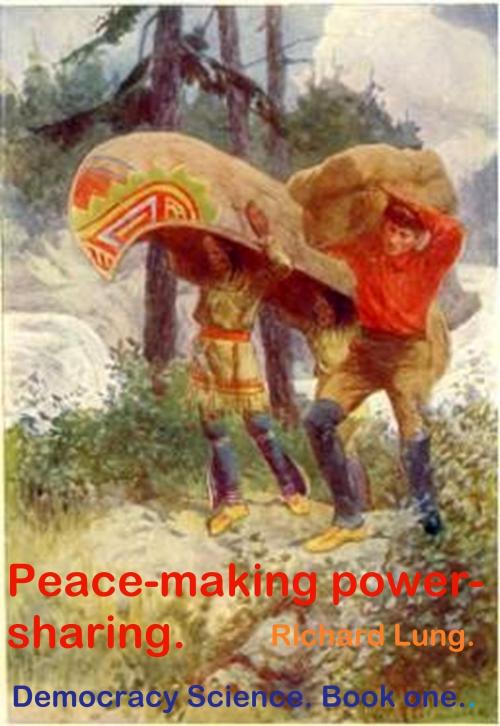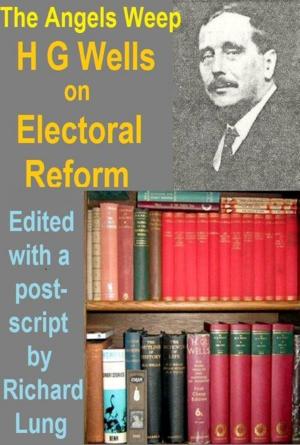Peace-making Power-sharing.
Nonfiction, Social & Cultural Studies, Political Science, Government, Democracy| Author: | Richard Lung | ISBN: | 9781310465383 |
| Publisher: | Richard Lung | Publication: | May 13, 2015 |
| Imprint: | Smashwords Edition | Language: | English |
| Author: | Richard Lung |
| ISBN: | 9781310465383 |
| Publisher: | Richard Lung |
| Publication: | May 13, 2015 |
| Imprint: | Smashwords Edition |
| Language: | English |
"Peace-making Power-sharing" features new approaches to electoral reform, like the Canadian Citizens Assemblies and referendums. I followed and took part in the Canadian debate from before the assemblies were set-up, right thru the referendums.
This was a democratic tragedy and an epic in the dashing of idealistic hopes.
Developments in America are reviewed.
The anarchy of voting methods, from the power struggle in Britain, is investigated, to reveal over a century of ruling class resistance to electoral reform.
A penultimate chapter gives the simplest way to explain transferable voting, on to the more formal treatment of a small club election.
The last chapter is the earliest extant version of my work on scientific measurement of elections (in French).
In 1942, HG Wells didnt err on the side of under-statement, when he said:
"Our present electoral methods, which give no choice but a bilateral choice to the citizen and so force a two-party system upon him, are a mere caricature of representative government. They have produced upon both sides of the Atlantic, big, stupid and corrupt party machines. That was bound to happen, and yet to this day there is a sort of shyness in the minds of young men interested in politics when it comes to discussing Proportional Representation. They think it is a "bit faddy". At best it is a side issue. Party politicians strive to maintain that bashfulness, because they know quite clearly that what is called Proportional Representation with the single transferable vote in large constituencies, returning a dozen members or more, is extinction for the mere party hack and destruction for party organisations."
"Peace-making Power-sharing" features new approaches to electoral reform, like the Canadian Citizens Assemblies and referendums. I followed and took part in the Canadian debate from before the assemblies were set-up, right thru the referendums.
This was a democratic tragedy and an epic in the dashing of idealistic hopes.
Developments in America are reviewed.
The anarchy of voting methods, from the power struggle in Britain, is investigated, to reveal over a century of ruling class resistance to electoral reform.
A penultimate chapter gives the simplest way to explain transferable voting, on to the more formal treatment of a small club election.
The last chapter is the earliest extant version of my work on scientific measurement of elections (in French).
In 1942, HG Wells didnt err on the side of under-statement, when he said:
"Our present electoral methods, which give no choice but a bilateral choice to the citizen and so force a two-party system upon him, are a mere caricature of representative government. They have produced upon both sides of the Atlantic, big, stupid and corrupt party machines. That was bound to happen, and yet to this day there is a sort of shyness in the minds of young men interested in politics when it comes to discussing Proportional Representation. They think it is a "bit faddy". At best it is a side issue. Party politicians strive to maintain that bashfulness, because they know quite clearly that what is called Proportional Representation with the single transferable vote in large constituencies, returning a dozen members or more, is extinction for the mere party hack and destruction for party organisations."















